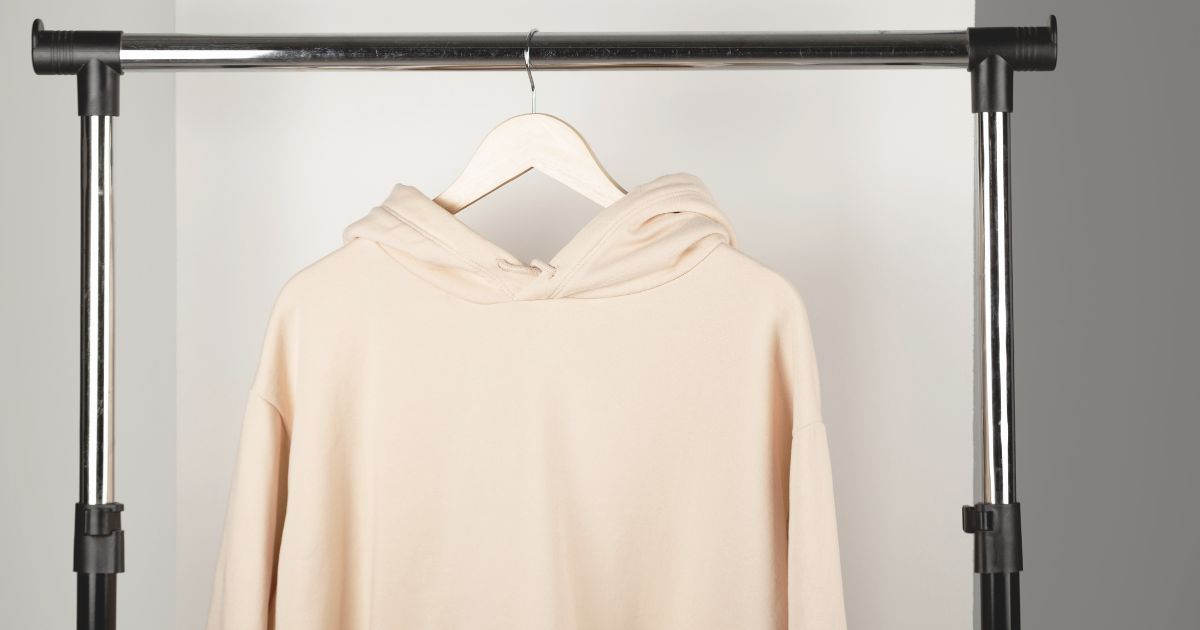In the ever-evolving and dynamic world of fashion, one of the most significant changes in recent years has been the growing influence of gender-neutral clothing in the fashion industry. This trend not only represents a departure from traditional fashion norms, and stereotypes relating to fashion and styles, emphasizing inclusivity, diversity, and individual expression[1]. Fashion industry is a place, where the individual has the complete freedom to express themselves creatively and it always has space for new and innovative ideas. This trend of unisex fashion is a positive change towards expression of creativity.
Unisex or gender-neutral fashion refers to designs or styles that does not restrict fashion on the stereotypical gender norms defined by the society.
The major impact of the shift towards unisex fashion has been inclusivity. Existing customs and traditions have been addressed and challenged as a result of this growing awareness as well as understanding of various gender identities, fashion design, marketing, and consumption have been heavily influenced. As a consequence, the increasing need for more inclusive fashion is projected to propel the global gender-neutral fashion market, which is expected to rise at a compound annual growth rate (CAGR) of 6.5% between 2021 and 2030.[2]
This shift reflects the change in the society as we try to develop and understand our perspective on the concept of gender fluidity.
With the rise of this trend, fashion designers or labels are now concentrating on innovating and creating designs that aim to blur the line between styling for men and women and instead focus more towards creating gender-neutral or unisex styles.
Along with inclusivity, this trend has also allowed designers to explore a different aspect of fashion, creating styles that do not conform to a certain gender, helps in widening the perspective of the designer, resulting in a completely new dimension in the fashion world. Designers and brands are increasingly embracing this movement by offering gender-neutral collections and rethinking their marketing strategies.
With this, the consumers are also offered a wide variety of fashion choices and they are no longer restricted to only consuming a certain way of styling, unisex fashion allows for a more open and non-traditional take towards fashion and also allows for the individual to be comfortable in their skin and be able to choose from a wide array of gender-neutral choices.
Although the impact of this shift towards unisex fashion trends expands beyond just an individual choice, it has compelled society to start conversations regarding gender equality and identity. Fashion has always been a platform that allows people to express themselves freely and creatively, and now with the oncoming of more gender-neutral trends, fashion can be viewed from a new perspective, challenging the status quo, and breaking stereotypical norms, this has led to understanding the fluid concept of gender identities. Since the fashion industry plays a crucial role in shaping cultural attitudes, hence, it also serves as a platform that showcases ideas and innovations catering to a wide spectrum of audiences.
Since inclusivity is the major impact area of gender-neutral or unisex fashion, it also has had certain economic implications in society as well. The rise and fall of trends and how a brand accommodates such trends, play an essential role in determining the success of such brand, as trends are basically the representation of people’s choices in that particular time, it reflects the thought process of society. Brands that in recent times have adopted gender-neutral styles in their designs are more likely to experience positive outcomes in the market, since it caters to the present demands of society, this also shows that the brand is sincere towards the needs of its consumers. Especially in this age of social media where people are vocal and open about their support for inclusivity, brands must understand the importance of this subject and how the fashion industry plays a crucial role in this matter.
The rise of gender-neutral fashion has become an important topic of discussion in the recent times, it has had strong cultural impact with regards to gender identity and fluidity, however, it does not come without its own set of challenges, which are also an important aspect which requires our focus[3]. It prompts important discussions around the concept of cultural appropriation, the responsibility of brands towards supporting and promoting inclusivity not only in their designs but also in their ethics and work environment, along with the need for genuine representation and not just for the sake of following the trends. Striking the right balance between acknowledging diverse identities and avoiding tokenism is crucial for the long-term success of this movement.
Adapting to the trends, and adopting a more gender-neutral fashion approach in their designs, presents the brands with numerous challenges, which can range from design deliberations to adhering to societal expectations. Some of these crucial challenges, which if not dealt with can cause issues are:
Balancing design concepts:
A very important part in gender-fluid fashion is to know how to strike a balance between acknowledging gender identities and accepting a change in the existing ideas. This can prove to be challenging as reinforcing stereotypes is not an easy task. Brands need to create styles that are inclusive and accommodate and acknowledge various diversities that society presents.
Accepting backlash:
While it is no lie that the fashion world is experiencing a shift towards gender-neutral fashion, it is to be kept in mind that there is still a section of society that is yet to accept such change, there are still many people in society who still have gender-related norms engraved in their mind and it would not be easy for them to be welcoming to this change, and the brands need to also accept with this criticism and also accommodate it in their strategies.
Educating Consumers:
Educating consumers about the concept of gender-neutral fashion is crucial for brands, it is important for designers to also take in consideration the feedback of the people who are not accepting of this idea, and through their workings make them aware of the new trends along with various gender identities. Some customers may be unfamiliar with the idea, leading to potential misunderstandings or resistance towards this idea. Therefore, an effective communication system is key to building understanding.
Supply Chain Adjustments:
Adaptation in a brand’s supply chains to accommodate a more gender-neutral approach might ask for changes in manufacturing processes, sourcing materials, and negotiating with suppliers. This transition in the supply chain aspect is not an easy one and can prove to be logistically complex.
Pricing and Profitability:
Including designs and producing gender-neutral fashion and clothing may involve additional costs, especially if a brand is revamping its entire collection. Maintaining a balance in inclusivity along with maintaining a competitive pricing approach with other brands in the market in a way that does not affect their profit intake either.
Representation and Authenticity:
Ensuring that there is genuine representation in the bringing out of unisex fashion is essential while marketing and promoting such products. Brands need to avoid the bare minimum and ensure that their commitment to an all-encompassing fashion goes beyond name’s sake representation.
Cultural Sensitivity:
Dealing with cultural appropriation is a difficult and legitimate subject. Brands need to be mindful of the potential repercussions that can result from borrowing components from other cultures without recognizing or comprehending the cultural significance of those components.
Managing the Legal and Regulatory Environment:
Different places may have different laws and labelling requirements adhering to different genders and different of gender identities, which is a new concept. Brands must be mindful of negotiating according to these regulatory environments to maintain adherence and advance gender-neutral principles.
Employee Sensitization and Training:
To guarantee a welcoming and inclusive workplace, businesses must internally fund programmes for staff members’ sensitization and training. This also applies to marketing staff, customer service agents, and design teams.
A comprehensive strategy, a dedication to inclusivity, and an authentic comprehension of the varied requirements and viewpoints of the intended and target audience is necessary for effectively conquering these hurdles. Companies that manoeuvre these impediments, have played a major part in the broader cultural shift towards a more diverse and inclusive fashion.
Brands that have incorporated Gender Neutral concepts in their Designs:
- Two Point Two
- Nalgo
- Huemn
- Biskit
All these are Indian Brands that have entered the fashion market with fresh concepts that have broken the gender stereotypes and are appealing to the new generation.[4]
Other International Brands that have embraced Gender Neutral fashion are:
- TomboyX
- Human Nation
- Telfar
- Wildfang
Conclusion:
In short, the rise of gender-neutral fashion is an artistic movement that questions traditional ideas regarding gender and identity, not merely a passing trend. Fashion is setting the stage for a time when self-expression has no boundaries as it embraces inclusion and plurality and acts as a catalyst for societal change. This change is taking place in conversation as well as on the runways and in clothing displays; it is leading to an environment in which acceptance and authenticity are cherished above everything else. Although there still exists stereotypes and gender norms around fashion and styles, gradually the society is embracing this new concept and are appreciating these effortless and inclusive styles as well.
References:
[1] Elanstreet, https://elanstreet.com/ (last visited Dec 28, 5:23 PM)
[2] Srishti Kapoor, The Rise of Gender-Neutral Segment in Fashion, Apparel Resources (Dec 29, 2023, 7:17 PM), https://apparelresources.com/
[3] Elanstreet, https://elanstreet.com/ (last visited Dec 28, 7:08 PM)
[4] Harper’s Bazaar India, https://www.harpersbazaar.in/ (last visited Jan 5, 6:24 PM)
About Author: Keiara Vidyarthi

Keiara is a Law student studying at the University of Petroleum and Energy Sciences. She has a keen interest in the dynamic world and area of fashion law and is a passionate learner, who strives to give her best.










